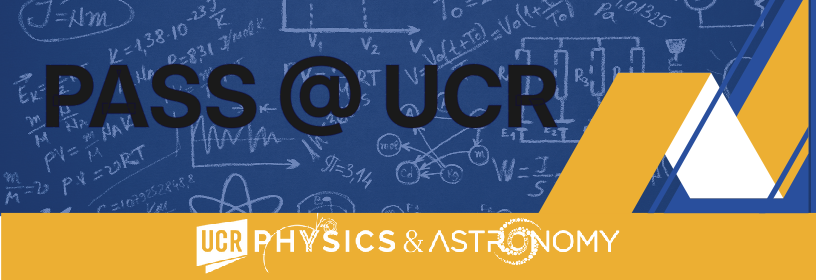David Kapukchyan, PhD student
Monday, 12:00 pm, Conference Room (PHYS 3051)
Measurement of the transverse single spin asymmetry in π0 production in polarized proton proton collisions
The Transverse Single Spin Asymmetry (TSSA) in polarized proton proton collisions has proved to be a valuable tool in understanding the internal structure of the proton. Specifically, to understand the origin of the proton’s spin. Initially, it was thought that the three quarks that make up the proton solely contribute to the proton’s spin. However, experiments showed that the spin contribution of the quarks is insufficient to account for the total spin. Current theories posit that the quarks and gluons (partons) inside a proton carry transverse momentum that is coupled to the proton’s spin which affects the production of the particles generated with respect to the polarization. The TSSA measures this asymmetry of particle production for a proton whose spin is polarized transverse to its momentum. The measurement of the TSSA provides input into those theoretical models to understand the different contributions of the quarksand gluons to the overall spin. To measure the π0 TSSA, polarized beams of protons are generated at the Relativistic Heavy Ion Collider (RHIC). The detector at RHIC utilized in this presentation is the Solenoidal Tracker At RHIC (STAR) and a major part of this work was building, installing, and commissioning an upgrade to the STAR detector system. The upgrade expanded STAR’stracking and calorimetry capability for 2.5<pseudorapidity(η)<4.0. This presentation will describe the calorimeter upgrade as well as the measurement of the π0 TSSA as a function of Feynman-x (xF ).
The video recording of this talk is available at link .
